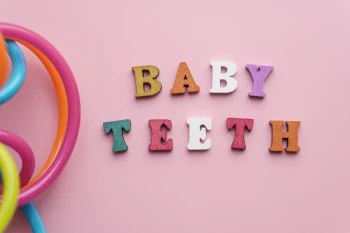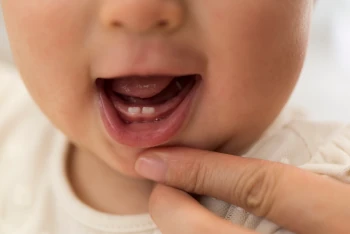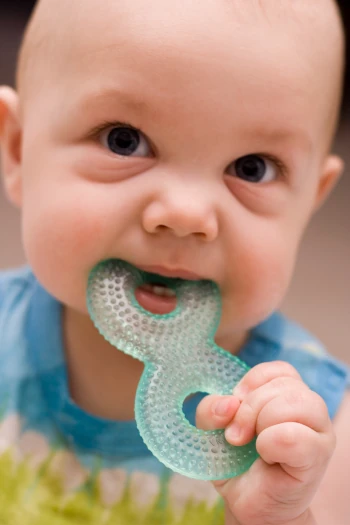TEETHING
When it comes to teething, all babies are different. They will probably get their first tooth some time during their first year. Some babies are born with their first teeth, others start teething before they are 4 months old, and some after 12 months. Most babies start teething at around 6 months.
Baby teeth sometimes emerge with no pain or discomfort at all. At other times, you might notice that their gums are sore and red where the tooth/teeth are coming through, one or both of their cheeks are flushed. They may rub or pull on their ear and dribble more than usual. They maybe gnawing and chewing on things a lot, especially their fingers or hands and frequently they’ll be more unsettled or irritable than normal. Often, you’ll find a combination of these symptoms will be apparent.
Babies’ usually get their bottom front teeth first at around 5 to 7 months. The next ones to show are the top front teeth at about 6 to 8 months. Following that the top teeth either side of the front teeth come through at around 9 to 11 months, then the bottom incisors either side of the bottom front teeth come through at around 10 to 12 months. The first molars at the back come through at around 12 to 16 months, followed by the canines at around 16 to 20 months, then the second molars come through around 20 to 30 months. Most children will have a complete set of milk teeth by the time they are 2 1/2 years old. Every baby is different, so their teeth might not come through in this exact order.
Teething can be distressing for some babies so you may have to try a few different things until you find something that helps.
TEETHING
Teething rings – give your baby something to chew safely. These can be chilled to help reduce discomfort.
Teething gels – specially designed for babies, they usually contain antiseptic and anaesthetic which work by relieving the pain and preventing infection.
Teething granules or powder – Homeopathic teething remedies can be helpful.
Medicine – Paracetamol / ibuprofen can be given to babies and young children aged 3 months or older.
Preventing rashes – Babies tend to dribble more when they’re teething, keeping a tissue or soft cloth to hand so you can gently wipe their face is a good idea.
Distraction – Cuddles, comforting or playing with your baby can distract them from any pain in their gums.
Reflexology – is a natural and safe way to help babies when they’re teething.
Thank you for reading – TEETHING. I hope you enjoyed it, if you would like more please follow me on Facebook and Instagram. Or if you would like to get in touch please Contact Me.
See you soon,
Sally



